1 of 38
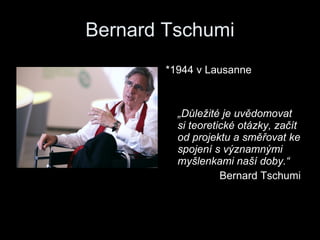
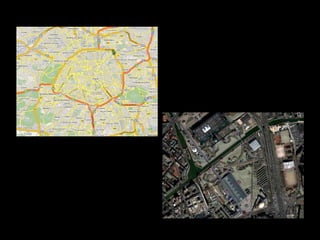
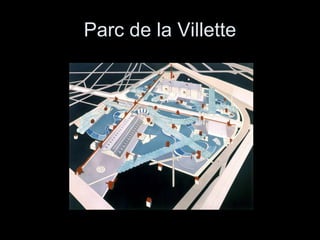
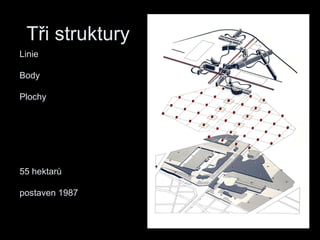
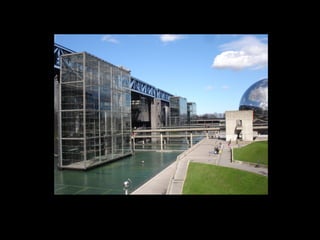
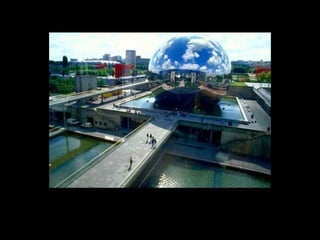
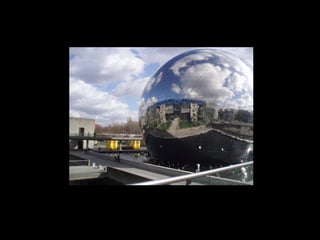
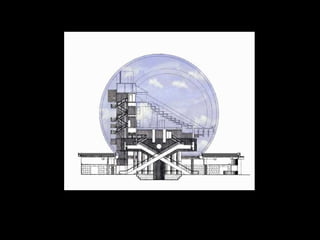
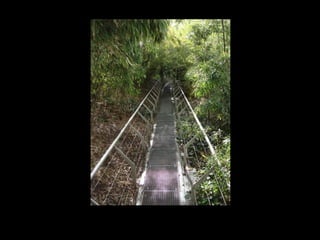
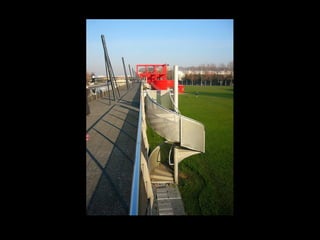
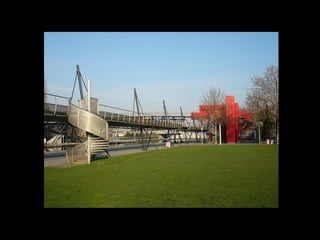
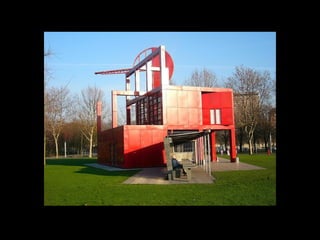
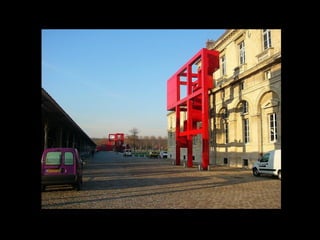
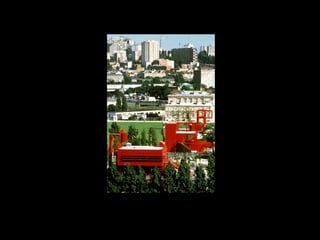


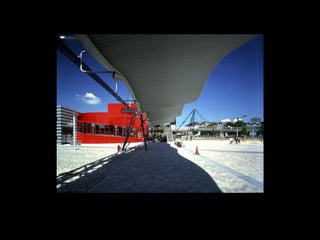

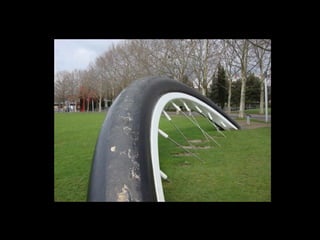
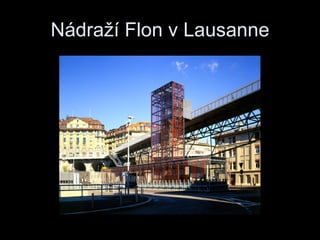
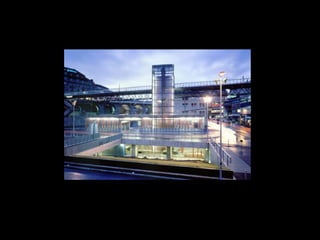



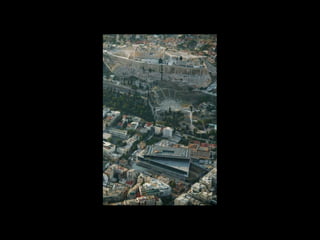
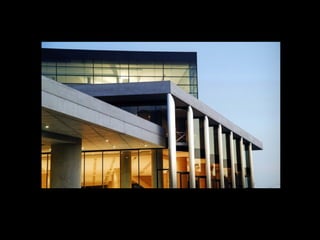

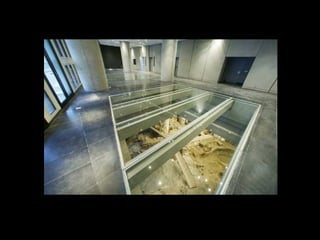



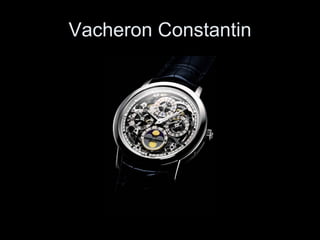
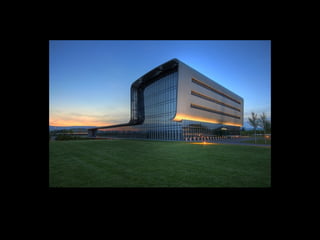
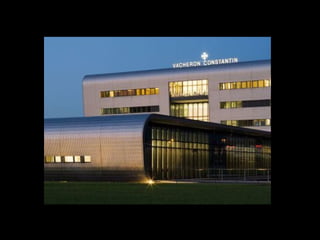
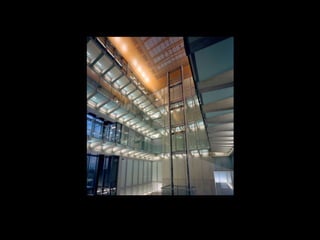


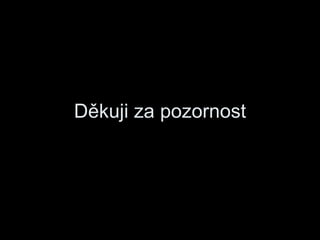
Ad
Recommended
Bernard tschumi
Bernard tschumiArKartikG
Ěý
Bernard Tschumi is a renowned architect known initially for his theoretical work. In the 1970s while teaching at the Architectural Association school in London, he developed the "strategy of disjunctions," a theory that contemporary culture and architecture were best expressed through fragmentation rather than classical unity. Tschumi's work often references other disciplines like literature and film, demonstrating his view that architecture should participate in and question cultural norms and structures.Rem koolhas
Rem koolhasAnkur Saxena
Ěý
Rem Koolhaas is a renowned Dutch architect and founder of OMA, known for visionary projects that push architectural boundaries. Some of his notable works include the Netherlands Embassy in Berlin, Seattle Central Library, and the controversial CCTV headquarters in Beijing, which features a dramatic looped form suspended between two leaning towers. Koolhaas aims to find new synergies between architecture and culture through experimental designs that interrogate functions and embrace contradictions. While pioneering, his radical forms are not without criticism for disregarding aesthetics and cultural context.Rem koolhaas
Rem koolhaasSneha Nagarajan
Ěý
Rem Koolhaas is a Dutch architect, founder of OMA, and known for his experimental and unconventional approach to architecture. He sees architecture as both omnipotent and impotent, and as a chaotic adventure. Some of his notable works include the Seattle Central Library, which features an unusual design with angled walls and skylights to maximize natural light. It has received both praise for its innovation and criticism for its unconventional design. Koolhaas takes a rigorous analytical approach to his projects, exploring the capabilities of materials and proper use of color.Bernard Tschumi
Bernard TschumiSanjana Meti
Ěý
Bernard Tschumi designed Parc de la Villette in Paris using an unconventional approach that superimposed three independent systems: points, lines, and surfaces. The points consisted of a grid of brightly colored follies, or structures, to provide orientation and identity. The lines were paths arranged in a grid. The surfaces were open areas for activities requiring horizontal space. This integration of systems in a state of constant reconfiguration was meant to bring together the natural and artificial.Bernard tschumi
Bernard tschumibshreya62
Ěý
Bernard Tschumi is an architect known for deconstructivism. Some key philosophies in his work include defamiliarization, cross-programming, event shock, destructuring, and superimposition. His Parc de la Villette in Paris used a grid system with lines, points, and surfaces superimposed. His Blue Residential Tower in New York took advantage of the site's zoning to create an angled facade. His Paul L Cejas School of Architecture in Miami featured two wings connected by colorful generators to promote interaction.bernard tsuhmi projects ppt
bernard tsuhmi projects pptuniversity of mumbai
Ěý
Bernard Tschumi is a renowned architect known for his theory of fragmentation and disjunction in architecture. In the 1970s, he developed the "strategy of disjunctions" which expressed contemporary culture through non-unity. His works reference other disciplines like literature and film. Examples include the Glass Video Gallery which prioritized image over structure, and the Parc de la Villette which featured cultural "folly" pavilions superimposed on paths in an experimental cultural park design.Rem Koolhaas –designing the design process
Rem Koolhaas –designing the design processSjors Timmer
Ěý
Rem Koolhaas is a renowned Dutch architect known for innovative designs. He co-founded the architecture firm OMA in 1975 and think tank AMO in 1998. Koolhaas' design process involves extensive observation, model building in the studio, archiving models and past projects, publishing books, and drawing from these sources for new projects. This iterative process allows OMA to rapidly generate and test creative ideas.Bernard tschumi design style
Bernard tschumi design styleAnkit Singhal
Ěý
Bernard Tschumi is an architect known for his deconstructivist approach, which emphasizes the non-fixed relationship between architectural form and events within it. His designs, such as Parc de la Villette, integrate grids and cycles derived from urban and topographical contexts, while also seeking to create spaces of activity and interaction. Despite its acclaim, Parc de la Villette faces criticism for its lack of human scale and sensitivity in design.Marcio Kogan
Marcio KoganPetr Vanek
Ěý
This document appears to list biographical information and works by Brazilian architect Marcio Kogan between 2002 and 2007. It includes dates and locations for a Microbiology Museum in Sao Paulo from 2002, a house called Du Plessis House in Paraty in 2003, a Br House in Araras in 2004, a Cury House in Sao Paulo in 2005, an Osler House in Brasilia in 2006, and a Nursery School called Primetime Child in Sao Paulo in 2007. It also lists several house and building names without dates that were likely designed by Kogan.Frank O Gehry
Frank O GehryPetr Vanek
Ěý
The document provides a date of birth for Frank Owen Goldberg of 28.2.1929 in Toronto. It also mentions the Walt Disney Concert Hall in Los Angeles twice, suggesting it is related to both Frank Goldberg and the location.More Related Content
More from Petr Vanek (11)
Marcio Kogan
Marcio KoganPetr Vanek
Ěý
This document appears to list biographical information and works by Brazilian architect Marcio Kogan between 2002 and 2007. It includes dates and locations for a Microbiology Museum in Sao Paulo from 2002, a house called Du Plessis House in Paraty in 2003, a Br House in Araras in 2004, a Cury House in Sao Paulo in 2005, an Osler House in Brasilia in 2006, and a Nursery School called Primetime Child in Sao Paulo in 2007. It also lists several house and building names without dates that were likely designed by Kogan.Frank O Gehry
Frank O GehryPetr Vanek
Ěý
The document provides a date of birth for Frank Owen Goldberg of 28.2.1929 in Toronto. It also mentions the Walt Disney Concert Hall in Los Angeles twice, suggesting it is related to both Frank Goldberg and the location.Bernard Tschumi
- 1. Bernard Tschumi *1944 v Lausanne „ DĹŻleĹľitĂ© je uvÄ›domovat si teoretickĂ© otázky, zaÄŤĂt od projektu a směřovat ke spojenĂ s vĂ˝znamnĂ˝mi myšlenkami našà doby.“ Bernard Tschumi
- 2. Ěý
- 3. Parc de la Villette
- 4. Tři struktury Linie Body Plochy 55 hektarů postaven 1987
- 5. Ěý
- 6. Ěý
- 7. Ěý
- 8. Ěý
- 9. Ěý
- 10. Ěý
- 11. Ěý
- 12. Ěý
- 13. Ěý
- 14. Ěý
- 15. Ěý
- 16. Ěý
- 17. Ěý
- 18. Ěý
- 19. Ěý
- 20. Nádražà Flon v Lausanne
- 21. Ěý
- 22. Ěý
- 23. The New Akropolis Museum
- 24. Ěý
- 25. Ěý
- 26. Ěý
- 27. Ěý
- 28. Ěý
- 29. Ěý
- 30. Ěý
- 31. Ěý
- 33. Ěý
- 34. Ěý
- 35. Ěý
- 36. Ěý
- 37. www.tschumi.com
